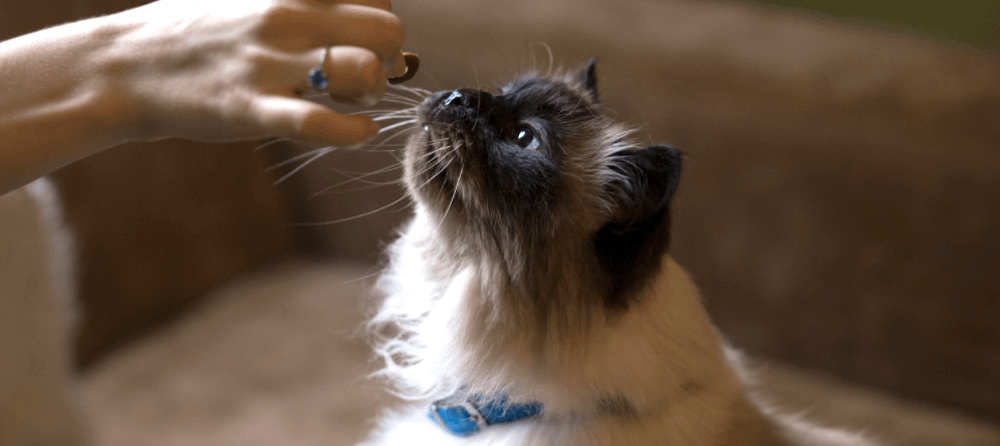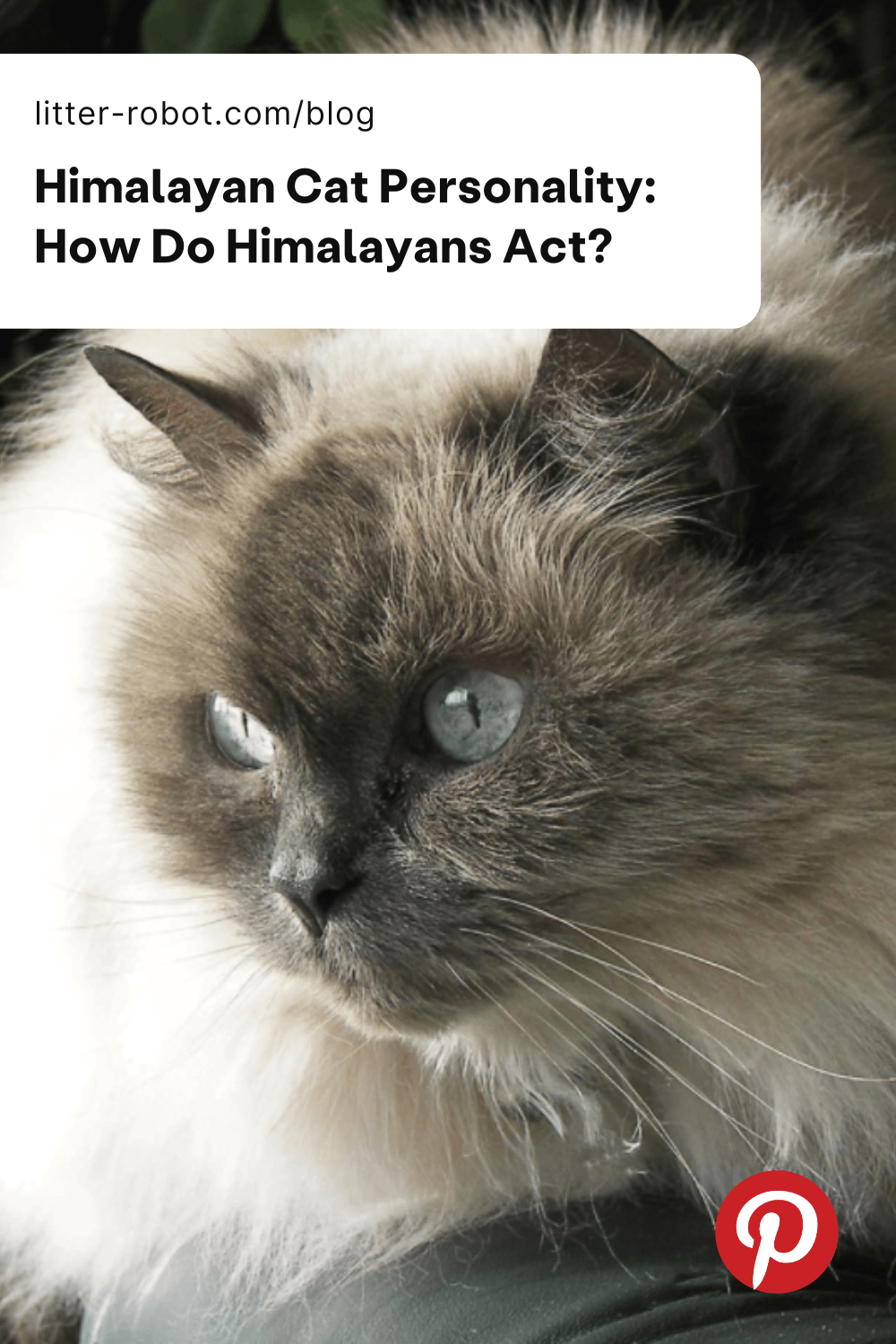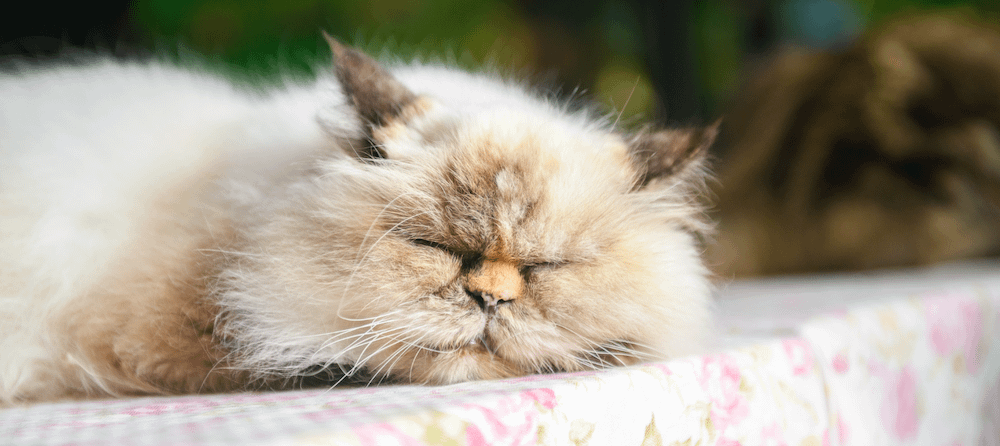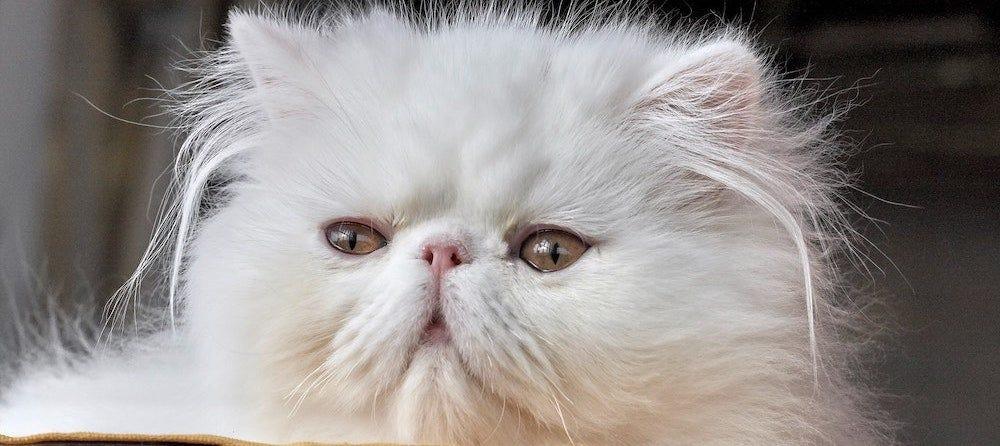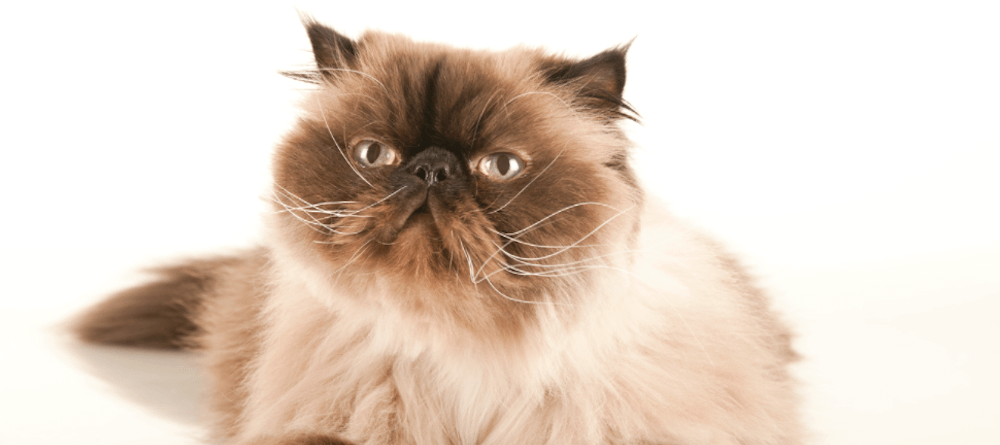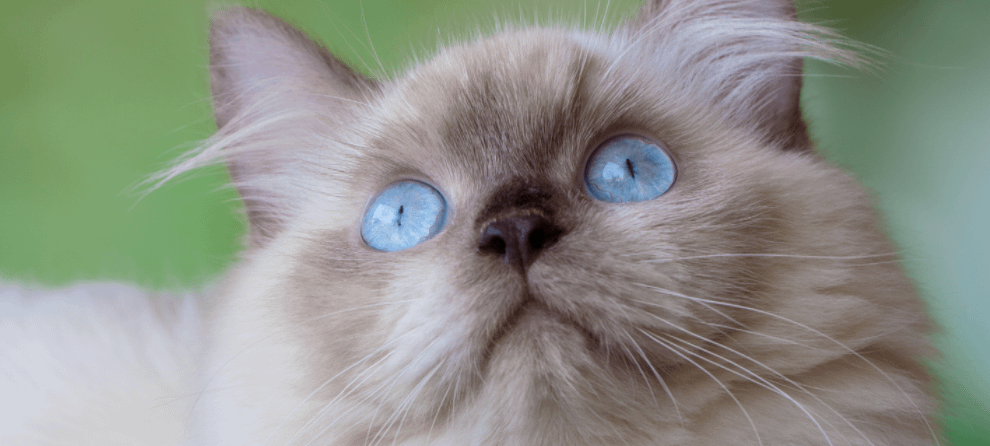If you’re looking for a magnificent kitty that isn’t overly demanding (at least in personality), you’ve come to the right place: Meet the Himalayan cat.
The Himalayan is a breed that's easy to recognize. They are striking cats with a quiet presence. They have long, silky hair like that of the Persian, but the pointed coloring of a Siamese. Their big blue eyes are stark against their darkened faces. Get used to those eyes—Himalayans love to watch their humans with adoration.
While every cat is bound to have a unique personality, certain cat breeds carry underlying characteristics that might better suit your own personality.
Luckily, all cats are cute. Whatever breed you think will best match your lifestyle is the breed you should consider adopting. If that happens to be a Himalayan, then you’re quite the lucky individual. Your Himalayan will love to spend time with you and want to relax as they watch you go about your day.
These cats are adaptable and friendly, but they do require consistent grooming to avoid matting or tangles. If this has piqued your interest, keep reading to learn more about the wonderful Himalayan.
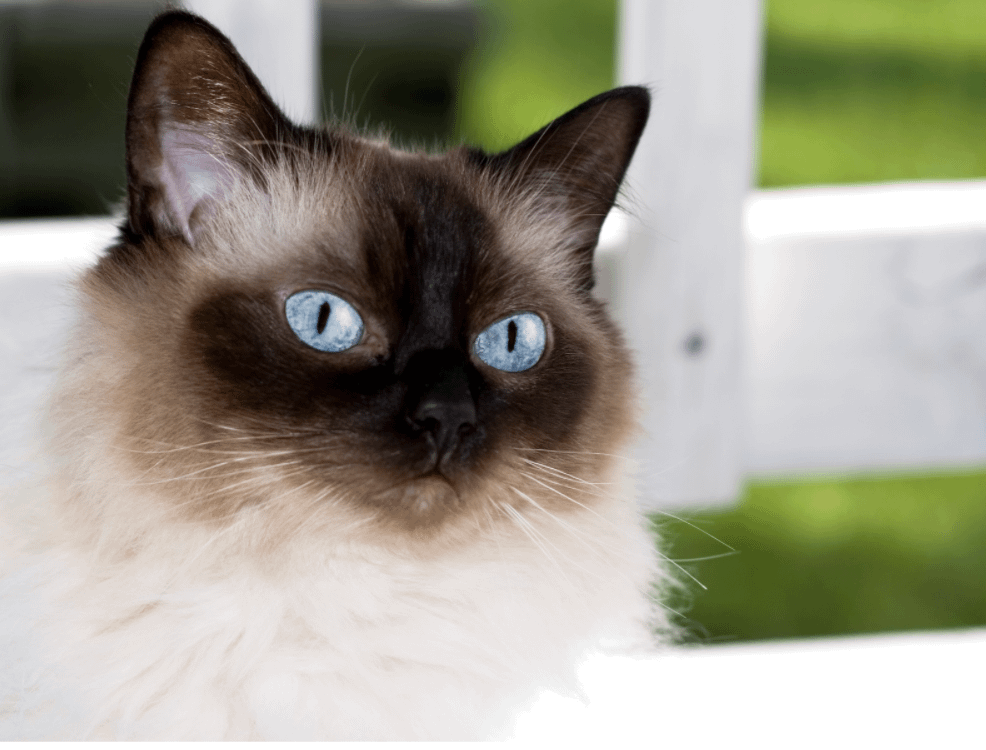
Overview of the Himalayan cat
The long fur and heavy boning of the Himalayan gives this kitty volume and mass. A Himalayan cat is not easy to miss. Furthermore, they sure like to take their time and not rush through their day. Is this resonating with you yet?
The Himalayan cat is considered to be a hybrid cat. The breeding program that created the Himalayan desired a cat that had the beautiful long fur of the Persian and the colorpoint of the Siamese cat. This crossbreeding gives the Himalayan a very distinct and elegant look but means that the grooming requirements are high maintenance.
Like the Persian cat, the Himalayan’s coat is long and fine. This makes it a luxury to pet but a full-time job to groom. The longer you go between grooming sessions, the more difficult it could be to get through knots. By grooming your long-haired cat daily, you can avoid these mishaps and create positive associations around grooming (and reduce the chance of hairballs).
The Himalayan’s personality only adds to the magnificence of this breed. They are adaptable, loving, and very relaxed, making them an ideal cat for someone looking for a peaceful environment.
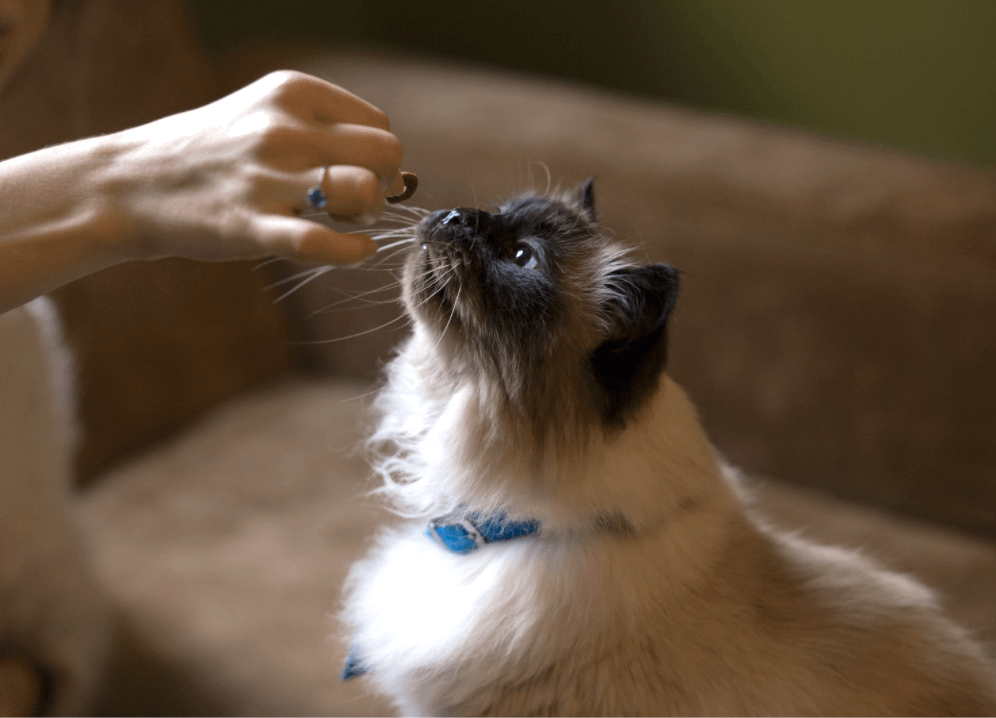
The personality of a Himalayan
“Himmies” are couch loungers, sunlight baskers, and people lovers.
They get along well with other pets in the house and are tolerant of well-behaved children, making them lovely family pets. They enjoy being around their humans and will gladly accept all the love and attention you have to give.
Laid-back and relaxed
If you like sleeping in on Sunday mornings, taking naps in the sun, and watching late-night TV, your Himalayan will be your new best friend. They will gladly curl up on the couch next to you or find a sunspot to lay in. While they won’t be jumping off the walls or performing acrobatic tricks for you, that doesn’t mean they aren’t playful!
Playful
Himalayans are not big fans of entertaining themselves, but if their humans want to play with them, they will gladly chase some strings or bat at a crumpled-up paper ball. And just as soon as you settle down, they are happy to do the same.
It’s good to play these kinds of games with your Himalayan because they aren’t overly active on their own. Providing both mental and physical stimulation can help them burn some energy.
Attention lovers
Even though we would describe the Himalayan as laid-back and chill, they do crave your attention. They want you to spend time petting and scratching them. They prefer to be around you, in your space, following you from room to room. While they are curious about what you are up to, they truly just want to watch from afar. Always watching…
The Himalayan will become lonely if you aren’t around enough for their liking. They get along well with multiple family members and other animals in the house. They like to be social, so you might need to consider adopting another companion if you live alone. It’s the equivalent of connecting your friend with another friend!
Friendly
Like we’ve said before, the Himalayan is a friendly and adaptable pet. They thrive in large families because that means there is always someone around to hang out with. They are easygoing with new people and don’t mind meeting strangers. They might be a little hesitant at first, but if their humans trust the new person, that’s a pretty good referral for this cat.
People-oriented
The Himalayan is very people-oriented and feels most at home when their families are around. They are sociable cats that are nevertheless quiet and docile. They will purr loudly when you give them the scratches that they like.
They are dependent on their humans—so if you are a homebody, work remotely or on your own time, and have the ability to spend time with your Himalayan, this might be a perfect match. The Himalayan can become depressed if their favorite people aren’t around enough, and we don’t want that to happen!
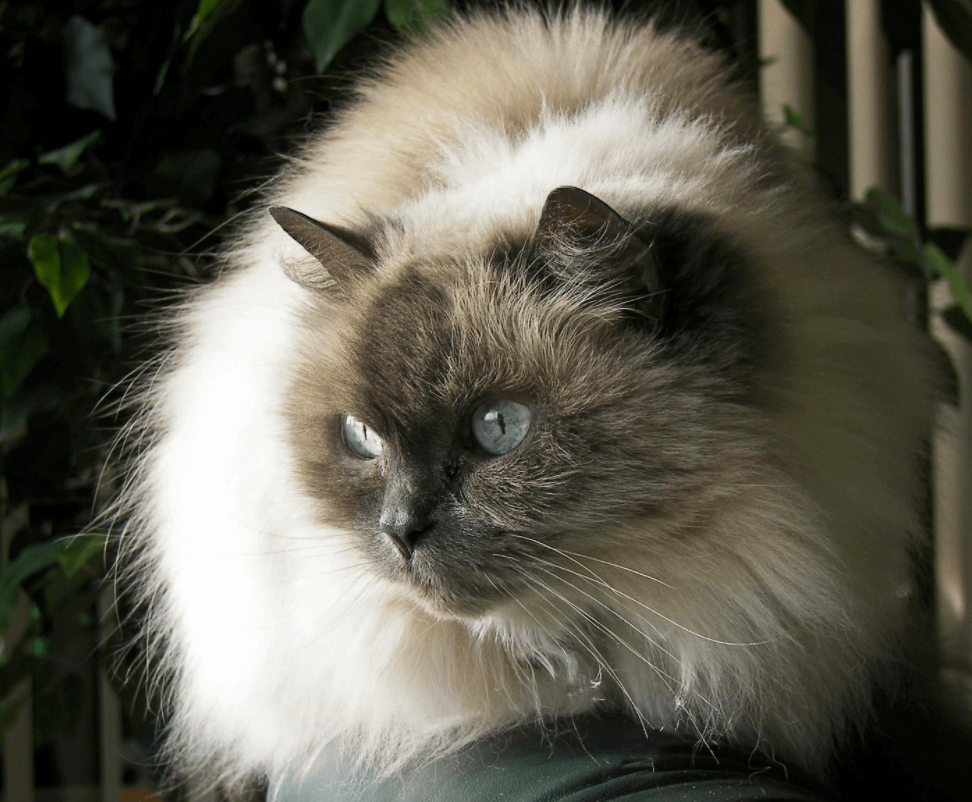
History of the Himalayan
The Himalayan cat is a cross between Persian and Siamese breeds. In the 1930s, breeders Virginia Cobb and Clyde Keeler brought about the first successful cross named Newton’s Debutante. This Himalayan-Persian mix furthered the push for a cat with the blue eyes of the Siamese and long, gorgeous fur.
Long hair and colorpoint patterning are both recessive genes, so it took a few litters for breeders to get the outcomes that they desired. After they crossed a female from the second litter they created with a male from the first, they got one kitten that possessed the long hair of the Persian and colorpoint pattern of the Siamese.
The name Himalayan comes from their unique coloring that looks similar to the Himalayan rabbit’s. It took almost 50 years, but the breed became recognized and accepted into many cat associations. Nowadays, people love the Himalayan breed. These cats, lovingly called “Himmies,” have a very loyal following.
Not all registries consider Himalayans a separate breed. For example, the Cat Fanciers Association (CFA) views the Himalayan as a subset of the Persian breed.
Possible health problems
Due to Himalayans’ flat faces, they are at a higher risk of developing respiratory health issues, such as brachycephalic airway syndrome. Pay attention to how much your Himalayan breathes through their mouth, as it will be easier to detect any changes in their ability to breathe.
With genetic testing, you can see if your Himalayan is likely to develop polycystic kidney disease (PKD).
Additionally, Himalayan cats might be prone to excessive tearing and eye-watering, which is called epiphora. The best way to combat this and prevent staining on your kitty's face is to wipe it daily with a soft cloth (and then tell them how super cute they are).
These cats have a lifespan of 10 to 15 years.
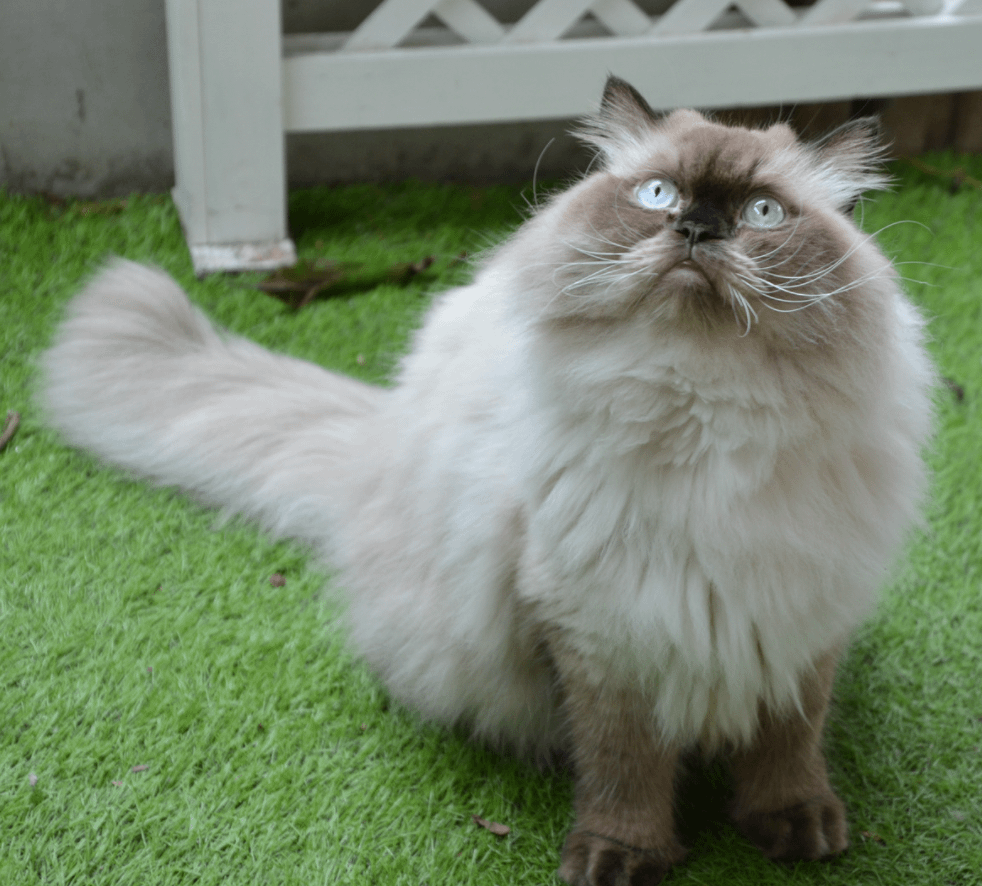
Understanding your needs
If you are looking for an active cat that is independent and enjoys being on their own, the Himalayan is not for you. This affectionate kitty wants to lounge and be adored by their human. They aren’t going to entertain themselves for hours while you work, and if you get bothered by being followed around, they might not be the right match.
If you want a low-maintenance cat (in all ways except for their grooming) that wants to chill with you all day and enjoy their time on this planet, stress-free, the Himalayan is calling your name.
Having a pet that matches your lifestyle makes both of your lives happier. You’ll be able to communicate with each other better and find your common middle ground.
A popular cat breed that loves to cuddle
Your Himalayan kitten or cat is going to want your attention. You will need to give them plenty of pets and maintain their grooming process so that they don’t become uncomfortable.
They require a clean and comfortable space to use the bathroom in, which is why the automatic litter box Litter-Robot 4 is so helpful when adopting a Himalayan. This smart litter box means you don’t have to worry about scooping, so your kitty always has a clean place to go—it does the job for you.
If you think you’re ready to take on the grooming requirements for a Himalayan, the rest is pretty easy. They are so docile and friendly that you won’t have to worry about whether they’re comfortable in their environment. If you love them right, they’ll love you back unconditionally.
Sources:
